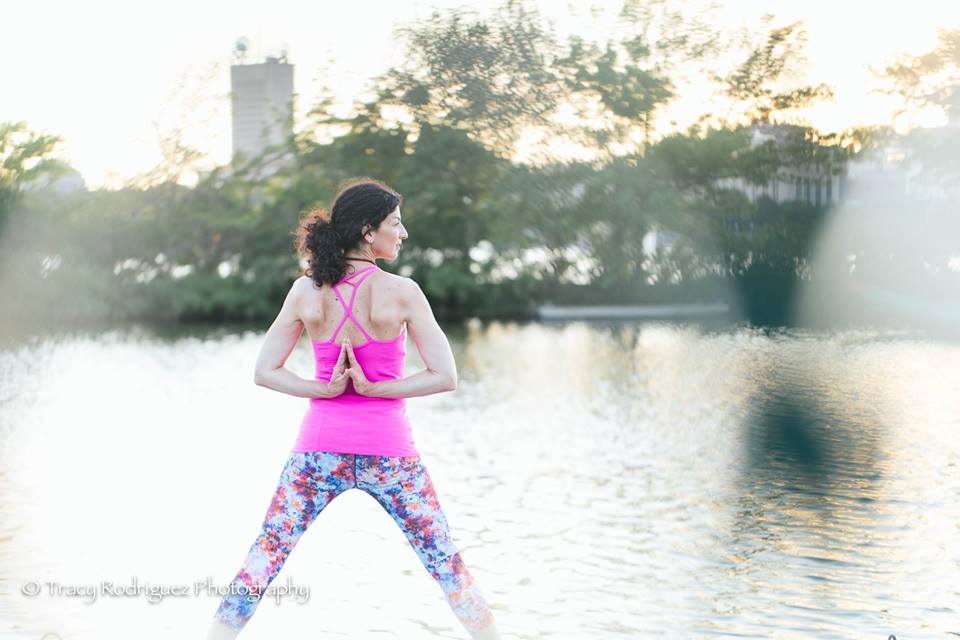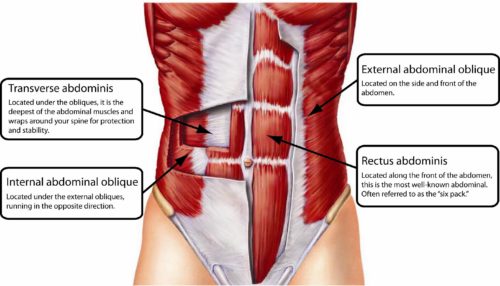
When I began my training with Baron Baptiste back in 2002, I was taught  a standard sequence. At the time I didn’t realize it but over time, I grew to really depend on that standard sequence to support my teaching but better yet, to allow me the freedom to be able to focus on all the other things you need to focus on when you teach- most importantly- the STUDENTS! Yes, that’s right! When you change up the sequence all the time, it’s harder to focus on them and the newer you are, the harder that is.
So, for many years, I taught pretty much the same sequence. Over time, I started to branch out and in the past few years, with my renewed and deeper focus on anatomy, I change up my classes quite a bit. It could be as I walk into the room, I’ll think of a theme or as I’m writing or researching during the day, I might focus on something that I think would work well in class. I like to explain to my classes before what the theme is, if indeed we’re using a central theme throughout class.
With that in mind, let me give you some themes that you can use in class. For more on this in a more visual way, please see my video on the same subject here on Facebook:Â
Teachers’s Workshop: Themes for Class (this video also includes a short meditation)
Breath: One of the most basic features of a yoga class it is certainly a great thing to focus on as a teacher. You can speak to the breath as you teach but you can also start students seated on a block or blanket and guide them through ujjayi breathing. You can also add in references to breath in different postures, reminding them to shift their awareness to the breathing. I like to provide a lot of instruction in Sun Salutations and then start to teach less from the specific actions (once I’m confident they have a handle on what to do) and move more towards teaching from the breath more and the details less. This can be a pretty cool thing to see and can be actually quite meditative for students as they’re less distracted by your teaching.
Foundation: This is a another basic but yet critical theme to bring up when teaching. You can do it in various ways; you can begin to teach in that first standing pose, Mountain Pose, to foundation. You can encourage students to use a block to create a strong, steady base. You can cue to the feet and teach from the ground up. You can use cues that support this theme: root, ground, press, push.
Opening/External Rotation: This is more of an anatomical theme but is also a spiritual one. As many anatomical themes are, they also can translate to spirituality. Certainly talking to students about “reversing the hunch” creates more space in the front of the body and more “heart opening” as an action. Using muscles like the rhomboids to adduct or draw the shoulders blades closer together results in the lengthening of the pectoral muscles and that more broad affect across the collarbones. Given how much hunching we do all day, it’s a great theme for class.
Uddiyana Bandha/ Focus on the core: Helping students connect to their core can bring greater integrity to many of the poses, especially poses where they are on their hands, fighting gravity (like Downward Dog and Plank). It can also help students with the concept of “buoyancy” in arm balances and jumping forward and back. It also gives you a chance to talk about the muscles of the abdomen and make the distinction between uddiyana, which engages the rectus abdominus, versus using the transversus abdominus, which is more of that “cinching in” muscle or the obliques, which create twisting/rotation. See below for an image of these muscles:

Whatever theme you chose, be sure it’s one that you can commit to and one that speaks to you, versus something you heard in a class but don’t care all that much about (or you think is popular). Themes can be instructional, as these are, or be more from the heart and spiritual. They can be related to traditional yoga theory or can bring up more contemporary themes (like work/life balance or trying to disconnect from distraction).
If you like teaching themes, you may like my book, “Stretched: Build Your Yoga Business, Grow Your Teaching Techniques,” which you can purchase on Amazon. The book covers this and more and provides plenty of detail on building your yoga business.
If anatomy is your thing, you may like my NEW anatomy manual, The Bare Bones Yoga Guide to Anatomy. It’s 200 pages of anatomy for yoga, filled with images, poses pictures, cheat sheets and more, all in a spiral bound book that will lie flat for easy use when reading, practice or for reference when teaching.
If you’d like a free download with 3 specific training tools for  yoga teachers, related to teaching and building your business, you may like my Yoga Teacher’s Toolkit below. Thanks for reading!
